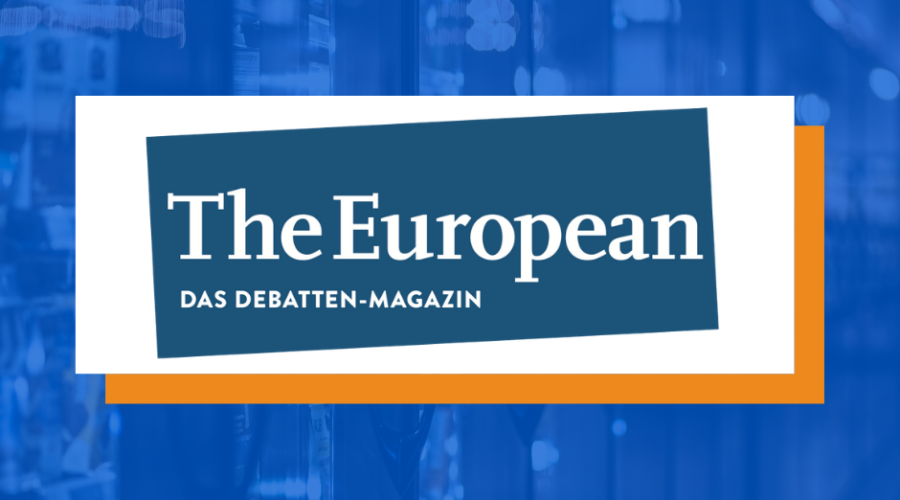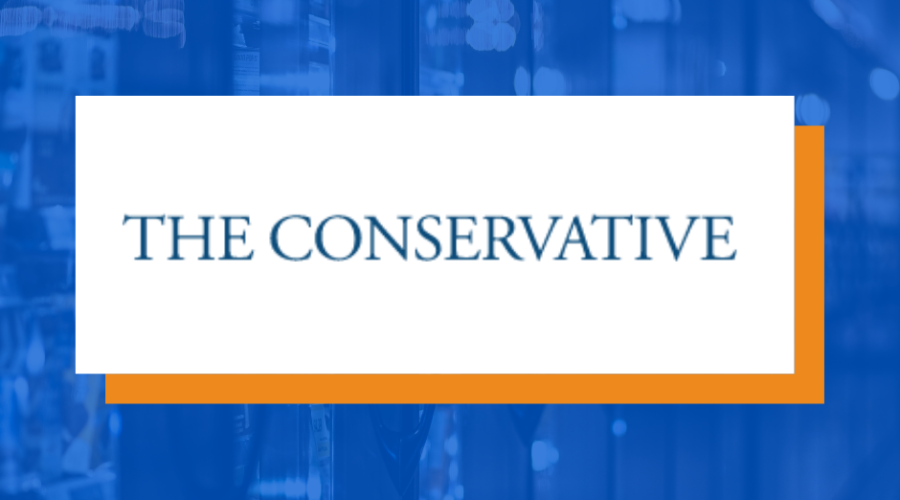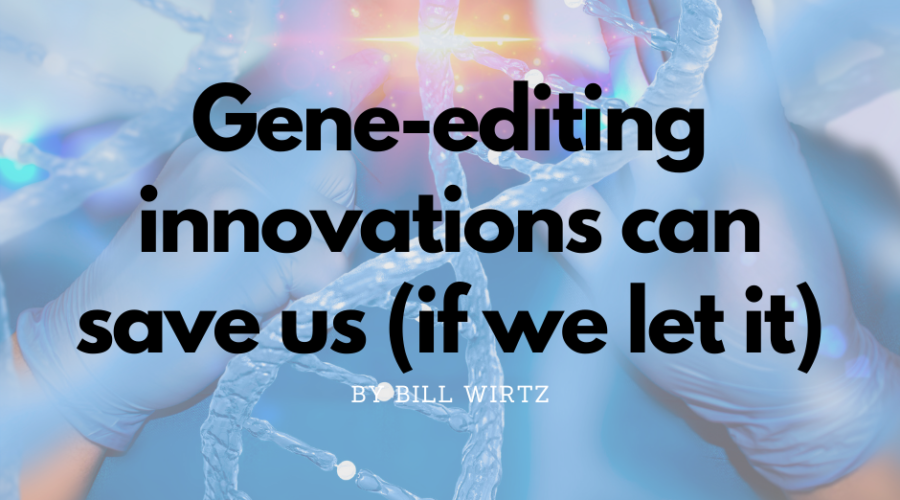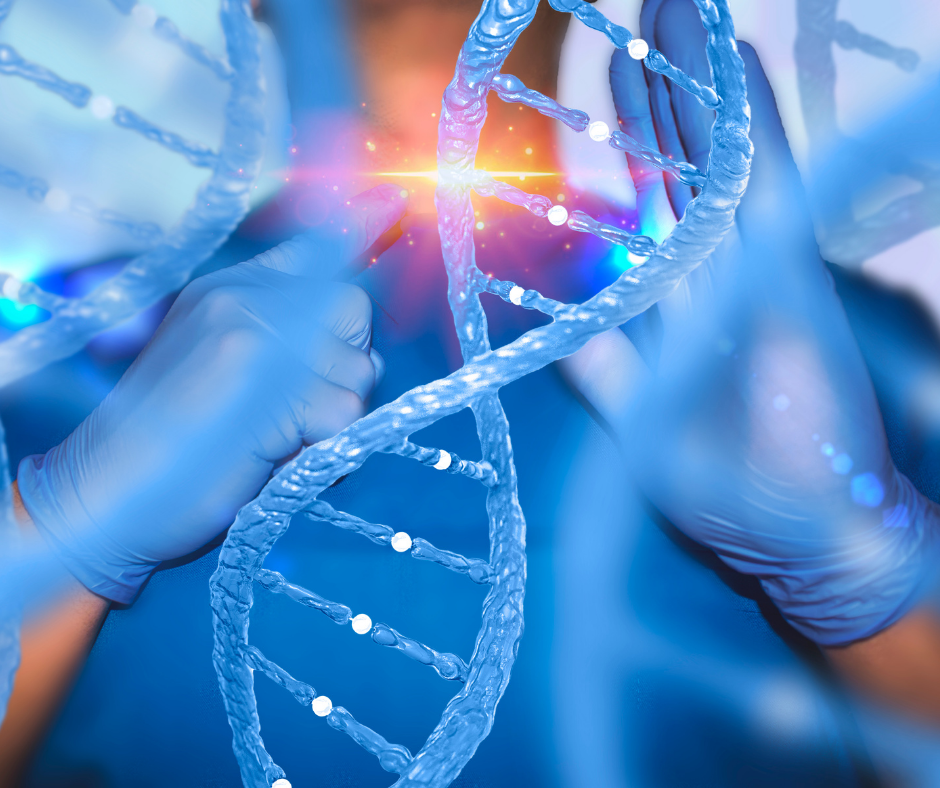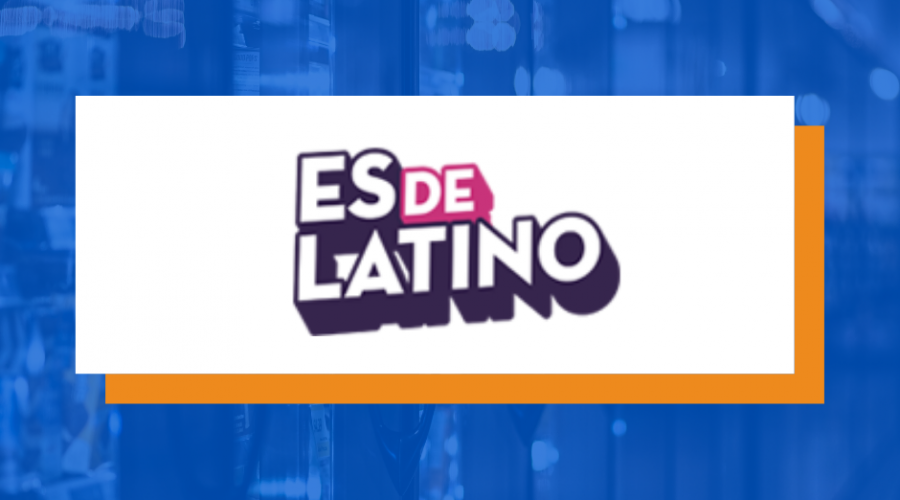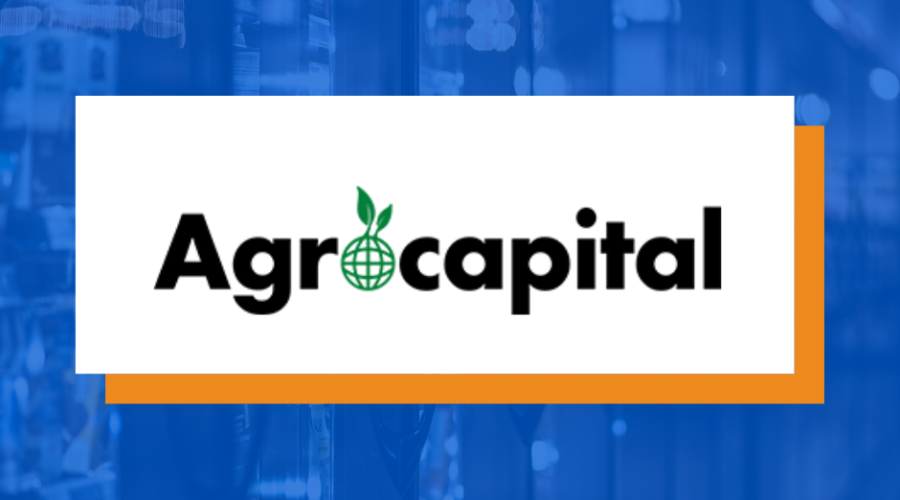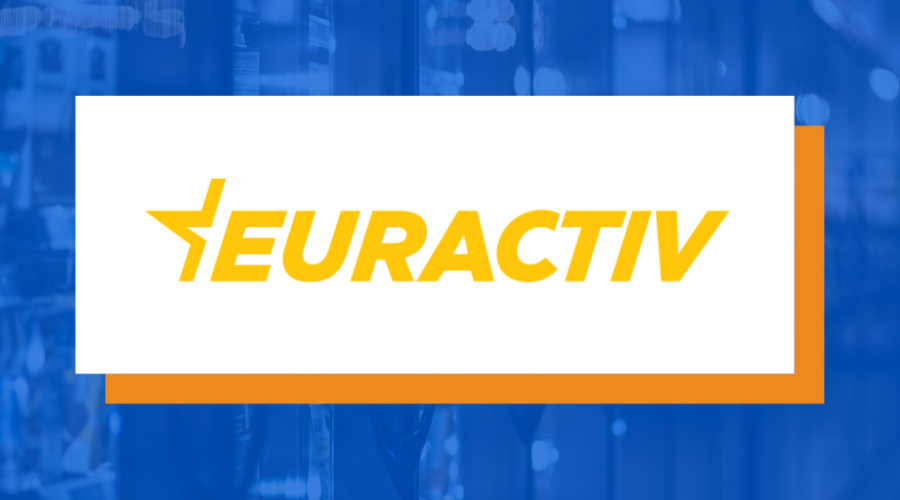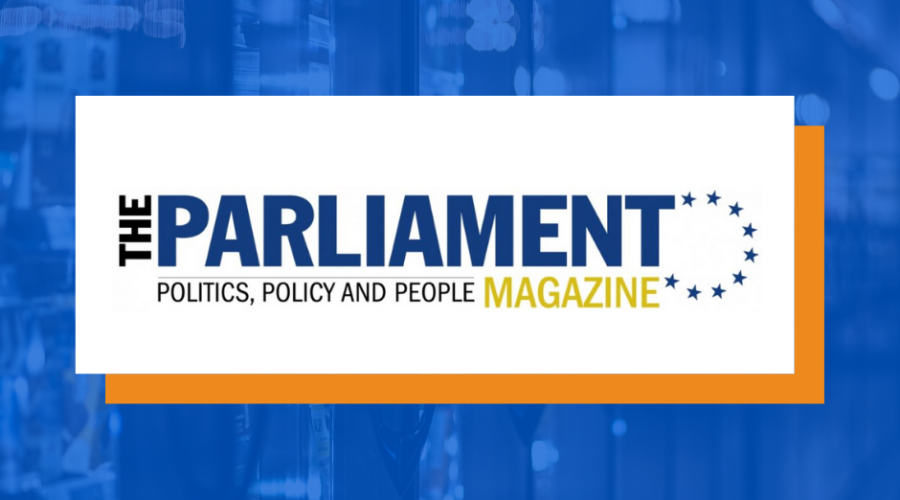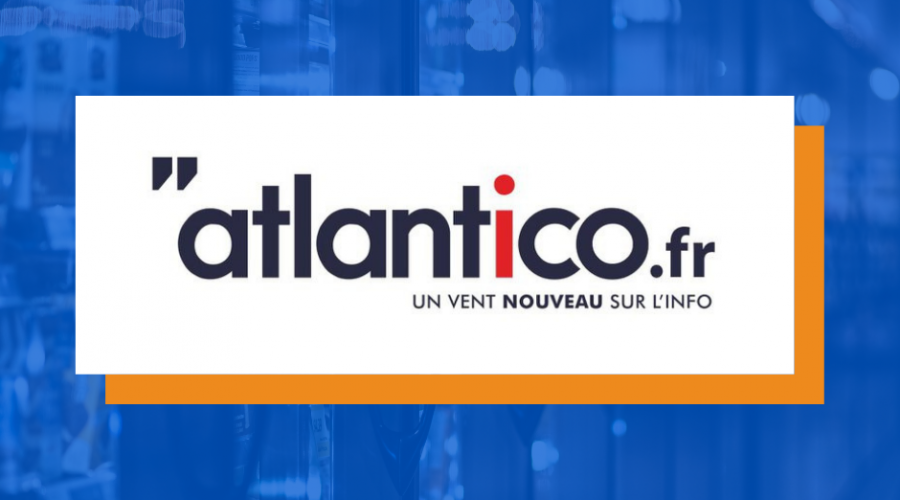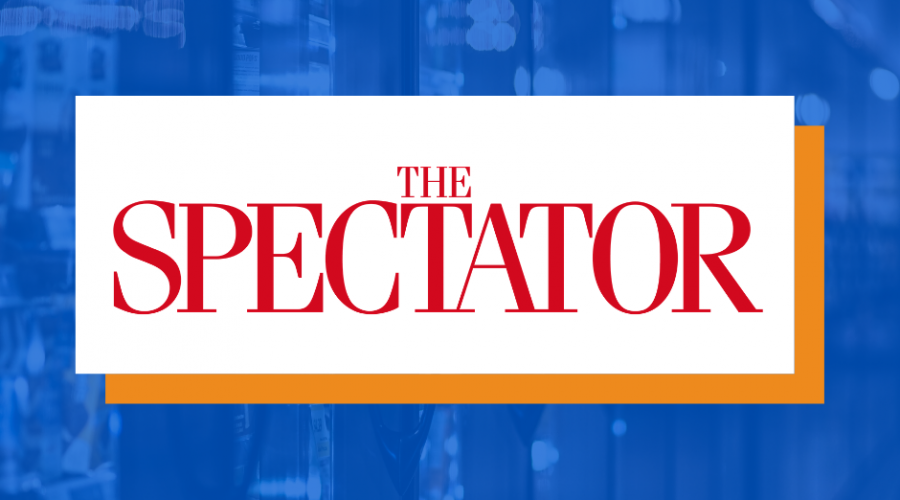Give patients more access: We need zero VAT on medicines in Europe
As Europeans face a public health crisis, we should increase patient accessibility by abolishing VAT on the most essential of goods, writes Bill Wirtz.
The COVID-19 pandemic has put health policy back into the hearts and minds of European decision-makers. Before the outbreak, Europe had been in a debate about drug pricing, but it only involved the upper echelon of political institutions. Often blamed are pharmaceutical companies, as well as a lack of price transparency. But having a closer looks at the costs of drugs shows that one of the main drivers for high costs is sales taxes on medicines.
Informed patients will know that all but one European country charge VAT on over-the-counter (OTC) medicine and prescription medicine. Germany charges as much as 19% VAT on both types of medicines, while Denmark ranks the highest, with rates at 25% – that is a fifth of the total price for a drug!
There is only one country that does not charge VAT on prescription or over-the-counter drugs: Malta. Luxembourg (3% each) and Spain (4% each) also show that modest VAT rates on drugs are not a crazy idea but something millions of Europeans already benefit from. Sweden and the UK both charge 0% VAT on prescription medicine, yet 25% and 20% respectively on OTC.
One of the significant roadblocks towards more patient access to drugs is the unfair tax policies of some EU member states. Before talking about eroding intellectual property rights and price setting across the block, we should discuss whether we should have a VAT on medicines.
Especially on prescription medicine, where cancer drugs can reach substantial price levels, VAT rates of up to 25% significantly burden patients and their health insurance. On prescription medicine, there is little sense in first charging value-added tax, and then have national health insurance providers pick up the tab. As for OTC medicine, the implication that just because it isn’t prescribed, it therefore isn’t an essential good, is a blindspot of policy-makers.
Many OTC meds, ranging from drug headache pain relief, heartburn medicine, lip treatments, respiratory remedies, or dermatological creams are not only essential medicines for millions of Europeans; they often act as preventative care. The more we tax these goods, the more we are burdening MDs with non-essential visits.
Following the example of Malta, European countries should lower their VAT rates to 0% on all medicines. The purpose of VAT is to take a cut out of commercial activity, making sure that all commercial transactions pay what is considered their fair share, even those businesses who traditionally don’t pay any company taxes. However, regarding the sale of medicine as a purely commercial transaction, from the standpoint of patients, misses the point. Millions of patients need specific prescription medicine every day, and others rely on the help of over-the-counter drugs to relieve pain or treat problems that do not require professional medical attention.
It is time for European nations to agree on a binding Zero VAT agreement on medicine or at least a cap at 5%, which would reduce drug prices in the double digits, increase accessibility, and create a fairer Europe.
Originally published here.

